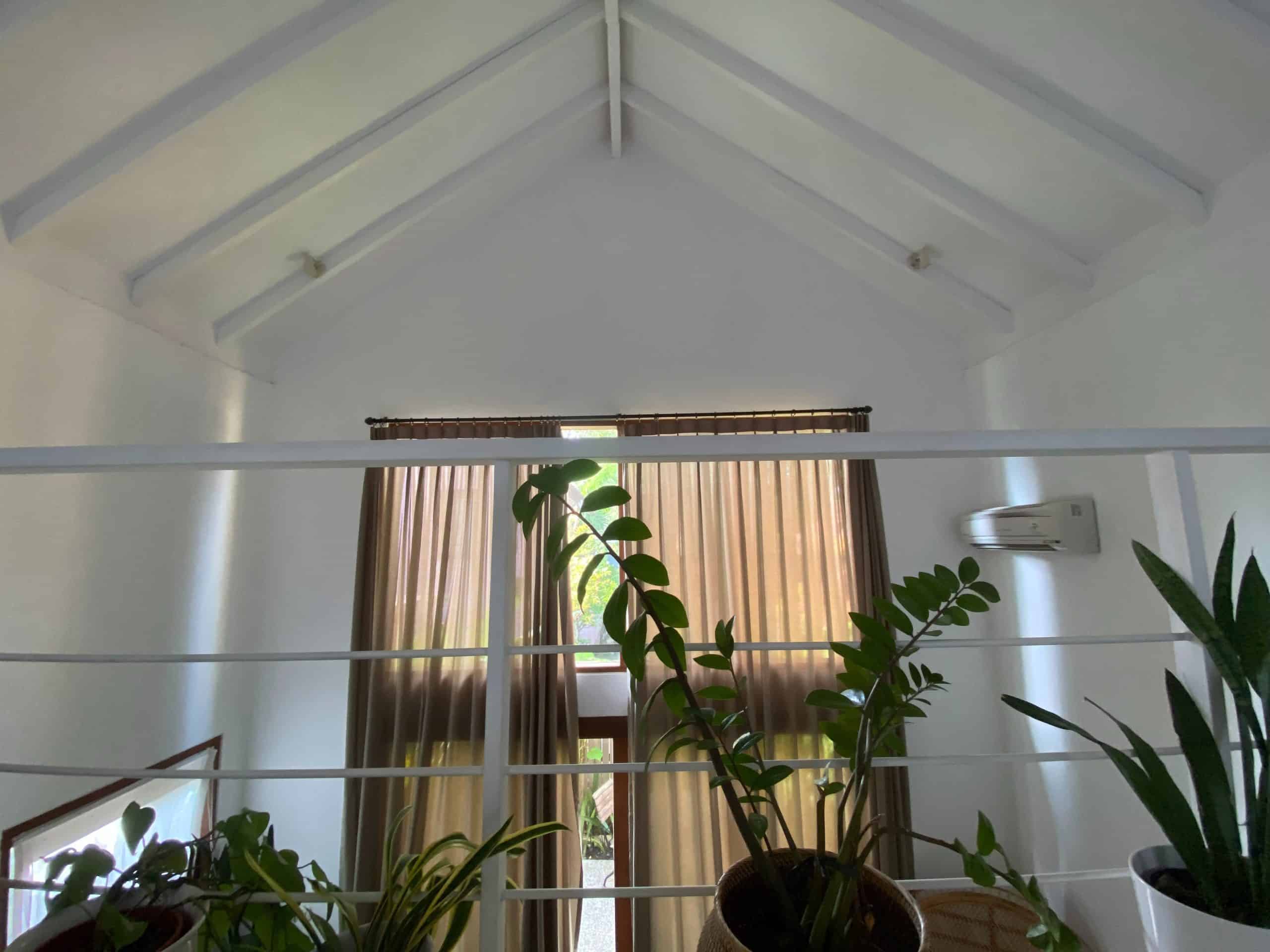For decades, a seemingly hot and spicy take in the home décor community has been that ceiling fans are the death of interior style. Whenever they can, interior designers try to convince homeowners to remove their ceiling fans and replace them with a much more aesthetically pleasing light fixture or else nothing at all.
Admittedly, most ceiling fans are purely practical; they move air around a space, altering how occupants experience the temperature and radically improving comfort in warm and cool seasons alike. Unfortunately, because they are hung from the ceiling, most homeowners believe that they are out of sight lines and thus not subject to the style rules of the rest of the space. As a result, many ceiling fans are design duds, with little visual interest to offer.
However, I’m here to argue that ceiling fans are not only essential appliances within the home but that they can be imminently stylish, as well.
Comfort Is Essential to Interior Design
Ceiling fans are stylish because comfort is stylish. Though many artists support the idea that art should be disturbing in some aspect, interior design is a unique field of art in which positive experience is essential. In blending artistic expression with real life application, interior design must be both beautiful and functional — which means that in the home, interior spaces must be comfortable to achieve successful design.
Ceiling fans can have a profound effect on the feeling of an interior space. Both in a fan’s ability to circulate air — refreshing what can be stale, standing air through movement — and its ability to modify the perception of temperature by several degrees, a ceiling fan can be an essential tool for maintaining comfort. Instead of ignoring ceiling fans, designers need to find ways to integrate fans into their plans to capitalize on fans’ inherent powers.
Many Ceiling Fans Are Functional Art
Long gone are the days when ceiling fans came in only one boring style. Engineers and designers have worked together to create all manner of gorgeous ceiling fans, so homeowners can celebrate this fixture with functional art. Some of the most eye-catching examples of high-design ceiling fans include:
Sycamore Uno, a fan with a single rotating blade that looks sculpted from nature.
Hunter Cranbrook, a fan with an incredibly bold Midcentury Modern style.
Minka Aire Cirque, a fan that takes inspiration from the mobile sculptures of Alexander Calder.
Progress Lighting Willacy, a fan with three rounded blades like industrial flower petals.
Matthews Fan Duplo-Dinamico, a ceiling fan with two smaller fans attached for more directed airflow.
Ceiling Fan Style DIYs
Of course, not all homeowners can afford to replace their perfectly functional ceiling fans with the designer options described above. If you are looking for a way to give your current standard ceiling fan a much-needed style upgrade, you might consider the following DIYs:
Paint. You can paint almost every visible component of your ceiling fan, which could be all the refresh your fan needs to fit into your trendy interior style. The best way to paint a fan is to uninstall it and disassemble it, which will allow you to protect the motor with tape and achieve full coverage of your paint on the motor casing and blades. You should try to keep your paint application light, as heavy layers could interfere with the functionality of the fan.
Wallpaper. You can apply small strips of wallpaper to your fan’s blades, much as you might hang wallpaper at the back of a credenza or line a shelf with wallpaper. You should give your blades a good cleaning before trying any type of wallpapering, and you might opt for a wallpaper that has a big and bold pattern, as you won’t be able to see details from far below.
Light kit. If you fan does not have any kind of lighting attached, you might invest in a light kit to install underneath the blades. Alternatively, if you already have lights on your fan, you might look into ways to make the lights look more contemporary and chic. You might be able to replace the kit with an updated version, or you can swap out the shades or bulbs for something more your style.
It is impossible to eliminate the ceiling fan from interior design, and it is egregious to try. The more we choose to incorporate ceiling fans into our design aesthetics, the more comfortable — and the happier — we will be.



